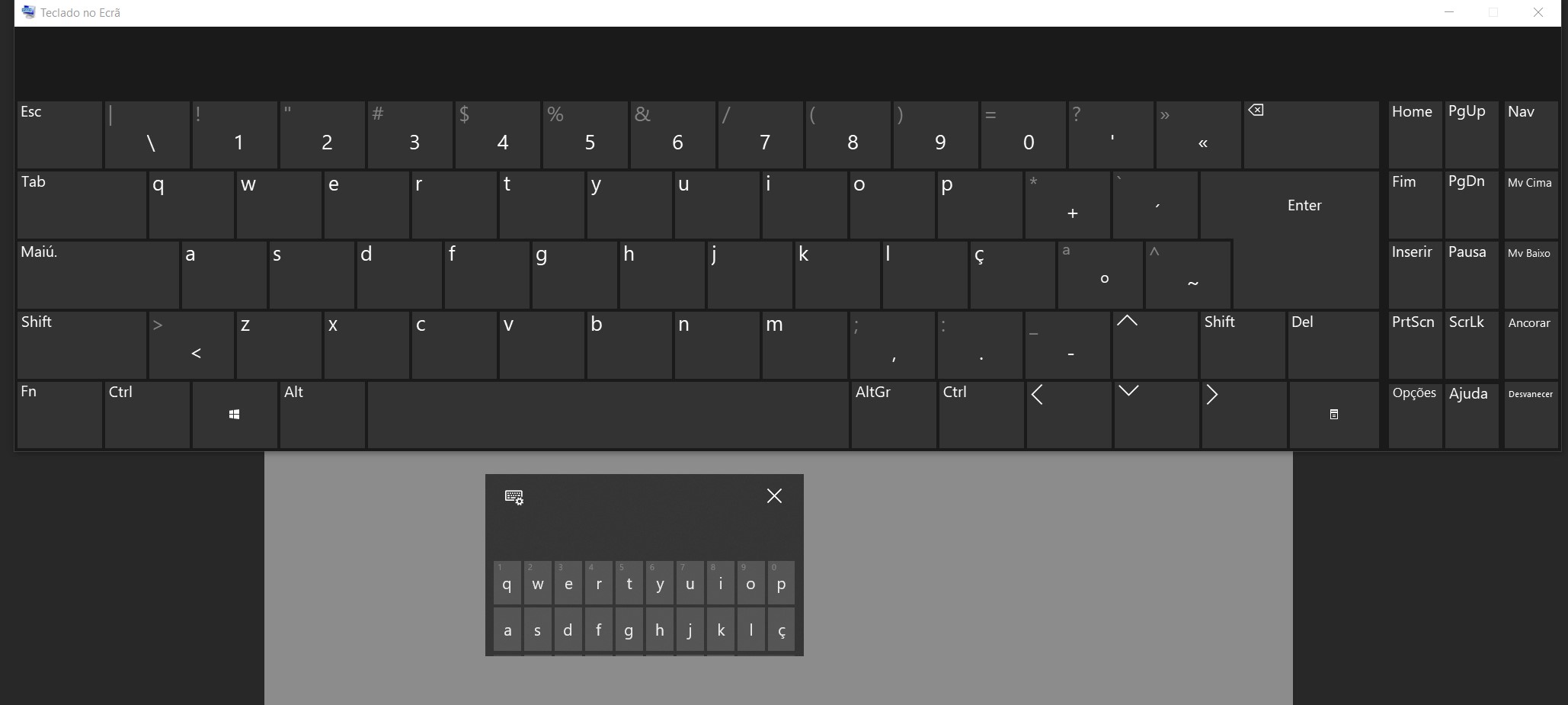

after dig into the code, I found it is caused by the relation of inputmethod and engine. In addition, it is available under the GNU General Public License, version 3. use inputpanel in dialog, if current input mode is chinese when close dialog, then the reload dialog will result in crash. Qt Virtual Keyboard is available under commercial licenses from The Qt Company.
QT VIRTUALKEYBOARD HOW TO
The Qt Virtual Keyboard supports third-party plugins from the following vendors:īuilding Qt Virtual Keyboard describes how to integrate these plugins into the Qt Virtual Keyboard. To add support for an additional language, see Adding New Keyboard Layouts. The Virtual Keyboard supports the following languages:

QT VIRTUALKEYBOARD INSTALL
The input methods can be implemented in C++ or QML. First, be the binaries associated with Qt VirtualKeyboard, and to not install Qt I have used aqtinstall(In this example Qt 5.15 was installed but it is recommended to use the same version that was used to compile pyqt5: python -c 'from PyQt5. The Qt Virtual Keyboard project provides an input framework and reference. The input framework makes it easy to write custom input methods or to integrate 3rd party input engines. The Qt virtual keyboard provides you with an input interface and keyboard link for Qt 5 on Linux Desktop/X11, Windows Desktop and Boot2Qt - embedded target. Install qml-module-qtquick-virtualkeyboard in ubuntu 18-04 using the terminal. In the application integration method, the application is required to create an instance of InputPanel as explained in the following chapter.The Qt Virtual Keyboard project provides an input framework and reference keyboard frontend for Qt 6 on Linux Desktop/X11, Windows Desktop, and Boot2Qt targets. This part of the documentation mentions it, and the next chapter also has an example: There's a more advanced example of this here. Y: active ? parent.height - height : parent.height When using disable-desktop, it's up to you to provide the InputPanel: import QtQuick 2.7
QT VIRTUALKEYBOARD CODE
However, I think that this code would automatically handle that for embedded devices (meaning that a pre-built/packaged Qt should work). I wonder if there is additional setup I need to do in order to summon the keyboard?ĭisable-desktop should be passed as an argument to qmake before building Qt Virtual Keyboard, not the application that uses the keyboard: qmake CONFIG+=disable-desktop qtvirtualkeyboard.pro When I click on it, the keyboard does not show up. Now, I have a simple component which has a text field as: import QtQuick 2.0Īnchors.horizontalCenter: parent.horizontalCenter I have verified that without this line, the program barfs with the virtual keyboard module not found error.

The first line in my main file is: qputenv("QT_IM_MODULE", QByteArray("qtvirtualkeyboard")) I think the disable-desktop should be enough to summon the virtual keyboard, at least that is my assumption.
QT VIRTUALKEYBOARD PRO
I have configured the project as follows to allow for the use of virtual keyboard: //In the PRO file I am trying to use the qt virtual keyboard on a raspberry pi and am having issues summoning the keyboard.


 0 kommentar(er)
0 kommentar(er)
